Feed SparkFun Electronics [copy] http://www.sparkfun.com/feeds/news has loading error: cURL error 22: The requested URL returned error: 405
Feed The RFID Weblog [copy] http://www.rfid-weblog.com/index.rss has loading error: cURL error 22: The requested URL returned error: 404 Not Found
Feed tqfp.org [copy] http://tqfp.org/rss/ has loading error: A feed could not be found at `http://tqfp.org/rss/`; the status code is `200` and content-type is `text/html; charset=utf-8`
Amazing Hand – A 8-DOF 3D-printable open-source robotic hand for prototyping and research

Seeed Studio’s Amazing Hand is an open-source, 3D-printable robotic hand kit with eight degrees of freedom (8-DOF), designed for developers working on robotics control and hardware experimentation. It integrates all actuators directly in the hand itself, making it suitable for robotics projects, education, prototyping, and integration into systems like Reachy2 or custom robotic arms. The hand uses eight Feetech SCS0009 servos arranged in a parallel linkage, with all actuators housed in the palm to keep the unit compact and lightweight at around 400 grams. Each finger offers two-axis motion for flexion, extension, and limited abduction via differential servo control. Its...
Advantech SOM-6820 COM Express module is powered by Qualcomm Snapdragon X Elite Arm SoC

Advantech SOM-6820 is a COM Express Type 6 Compact Computer-on-Module powered by a Qualcomm Snapdragon X Elite SoC with up to twelve 64-bit Arm Oryon cores, instead of an x86 processor from Intel or AMD, more commonly found on COM Express modules. The COM also features up to 64GB LPDDR5 memory, two MIPI CSI camera connectors, an RTL8153B USB 3.0 Gigabit Ethernet controller, and a TPM 2.0 security chip. All I/Os are exposed through two standard 220-pin B2B connectors, including DisplayPort and LVDS/eDP interfaces for up to four 4K displays, up to four SATA III for storage, twelve USB 3.0/2.0...
Converting a 1980s Broadcast Camera to HDMI
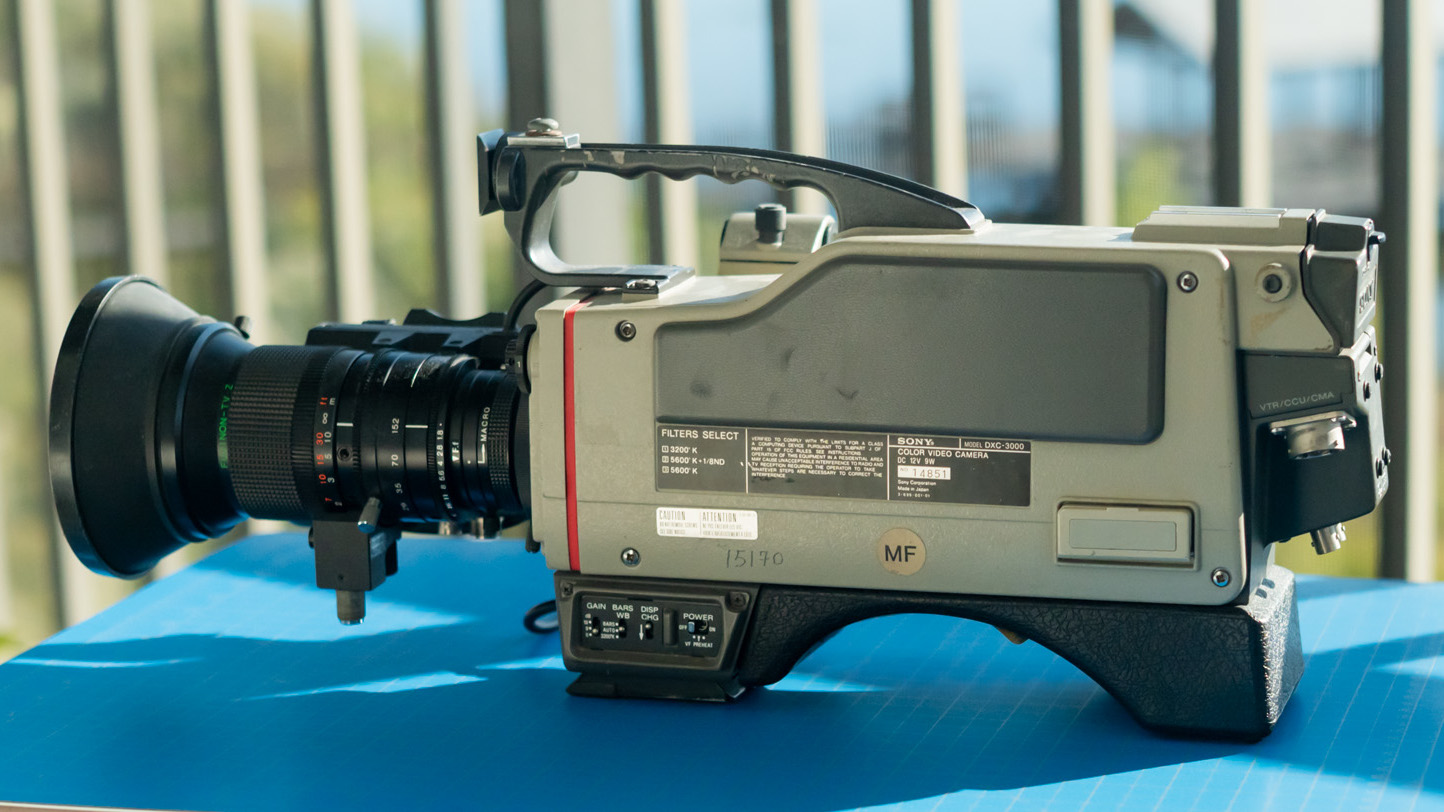
Although it might seem like there was a sudden step change from analog to digital sometime in the late 1900s, it was actually a slow, gradual change from things like record players to iPods or from magnetic tape to hard disk drives. Some of these changes happened slowly within the same piece of hardware, too. Take the Sony DXC-3000A, a broadcast camera from the 1980s. Although it outputs an analog signal, this actually has a discrete pixel CCD sensor capturing video. [Colby] decided to finish the digitization of this camera and converted it to output HDMI instead of the analog...
Necroprinting Isn’t As Bad As It Sounds
https://invidious.privacyredirect.com/watch?v=abM85B1bWnY
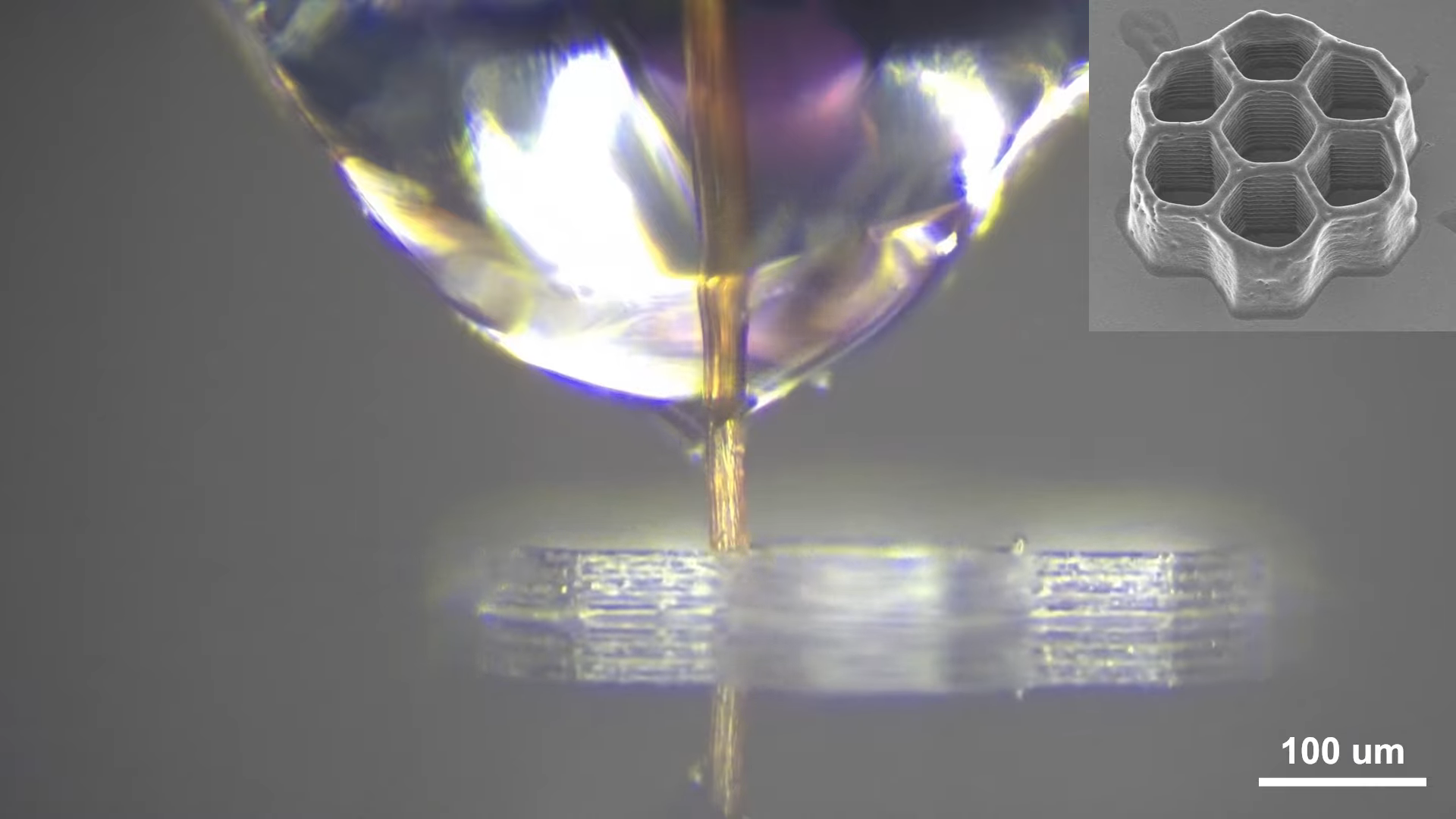
A mosquito has a very finely tuned proboscis that is excellent at slipping through your skin to suck out the blood beneath. Researchers at McGill University recently figured that the same biological structure could also prove useful in another was—as a fine and precise nozzle for 3D printing (via Tom’s Hardware).
Small prints made with the mosquito proboscis nozzle. Credit: research paperTo achieve this feat, the research team harvested the proboscis from a female mosquito, as only the female of the species sucks blood in this timeline. The mosquito’s proboscis was chosen over other similar biological structures, like insect stingers and...
Mongoose Wizard builds professional embedded device dashboards for microcontrollers like ESP32, STM32, NXP, RPi and others (Sponsored)

Cesanta Software introduced Mongoose Wizard – a no-code visual tool that enables embedded developers to effortlessly build a professionally looking device dashboard (WebUI) and REST API without writing any frontend code, transforming the microcontroller (MCU) board into a browser-accessible web dashboard for control, monitoring, and updates. Whether for prototyping or building production devices, integrating a web dashboard into firmware gives end users intuitive and powerful control. Designed for use in Industrial, Automotive, Smart home, or any Internet of Things product (machinery, devices, appliances, etc.) that benefits from a browser-based interface. Mongoose Wizard utilises the Mongoose Library, an open source network...
TARS-Like Robot Both Rolls, and Walks
https://invidious.privacyredirect.com/watch?v=_lxj-X5HDOQ
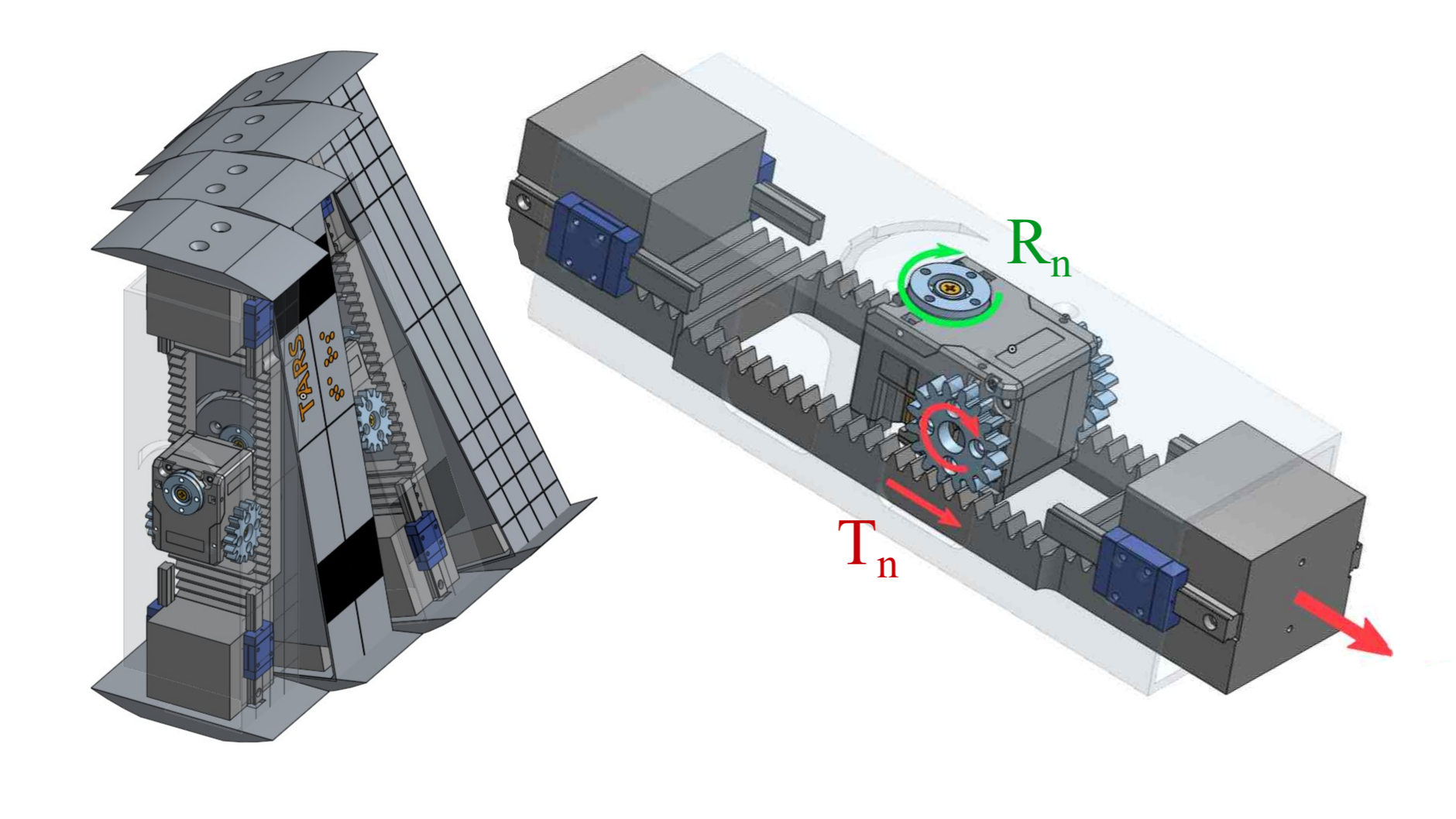
[Aditya Sripada] and [Abhishek Warrier]’s TARS3D robot came from asking what it would take to make a robot with the capabilities of TARS, the robotic character from Interstellar. We couldn’t find a repository of CAD files or code but the research paper for TARS3D explains the principles, which should be enough to inspire a motivated hacker.
What makes TARS so intriguing is the simple-looking structure combined with distinct and effective gaits. TARS is not a biologically-inspired design, yet it can walk and perform a high-speed roll. Making real-world version required not only some inspired mechanical design, but also clever software with...
Using a Level 2 Charger to Work Around Slow 120 VAC Kettles
https://invidious.privacyredirect.com/watch?v=INZybkX8tLI

To those of us who live in the civilized lands where ~230 VAC mains is the norm and we can shove a cool 3.5 kW into an electric kettle without so much as a second thought, the mere idea of trying to boil water with 120 VAC and a tepid 1.5 kW brings back traumatic memories of trying to boil water with a 12 VDC kettle while out camping. Naturally, in a fit of nationalistic pride this leads certain North American people like that bloke over at the [Technology Connections] YouTube to insist that this is fine, as he tries...
Quiet Your Drums With An Electronic Setup
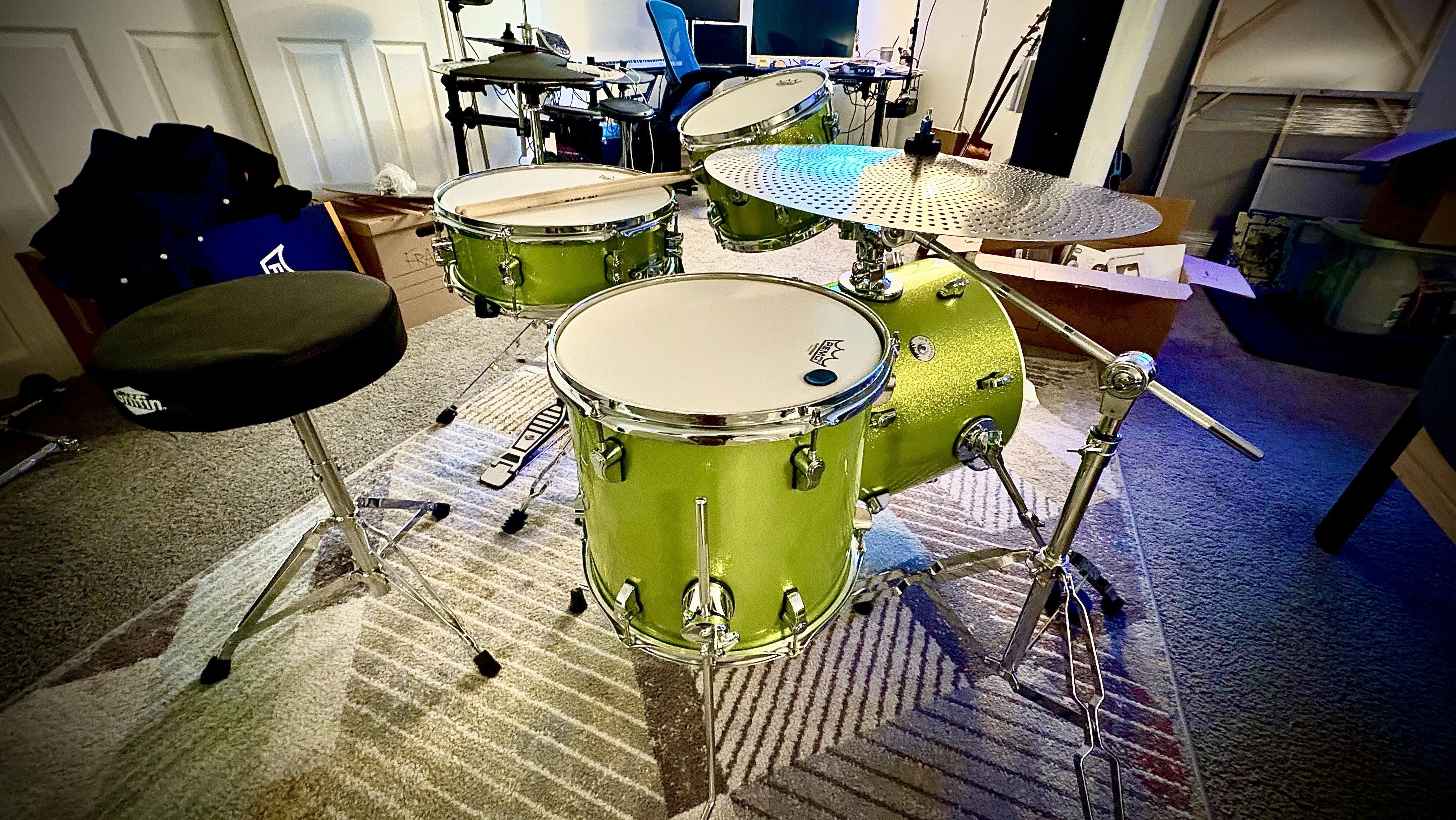
Playing the drums requires a lot of practice, but that practice can be incredibly loud. A nice workaround is presented by [PocketBoy], in converting an acoustic kit to electronic operation so you can play with headphones instead.
A sensor installed inside a floor tom.It might sound like a complicated project, but creating a basic set of electronic drums can actually be quite simple if you’ve already got an acoustic kit. You just need to damp all the drums and cymbals to make them quieter, and then fit all the individual elements with their own piezo sensors. These are basically small discs...
Australia’s New Asbestos Scare In Schools

Asbestos is a nasty old mineral. It’s known for releasing fine, microscopic fibers that can lodge in the body’s tissues and cause deadly disease over a period of decades. Originally prized for its fire resistance and insulating properties, it was widely used in all sorts of building materials. Years after the dangers became clear, many countries eventually banned its use, with strict rules around disposal to protect the public from the risk it poses to health.
Australia is one of the stricter countries when it comes to asbestos, taking great pains to limit its use and its entry into the country....
How To Design 3D Printed Pins that Won’t Break
https://invidious.privacyredirect.com/watch?v=uMA-Wt-z_BU
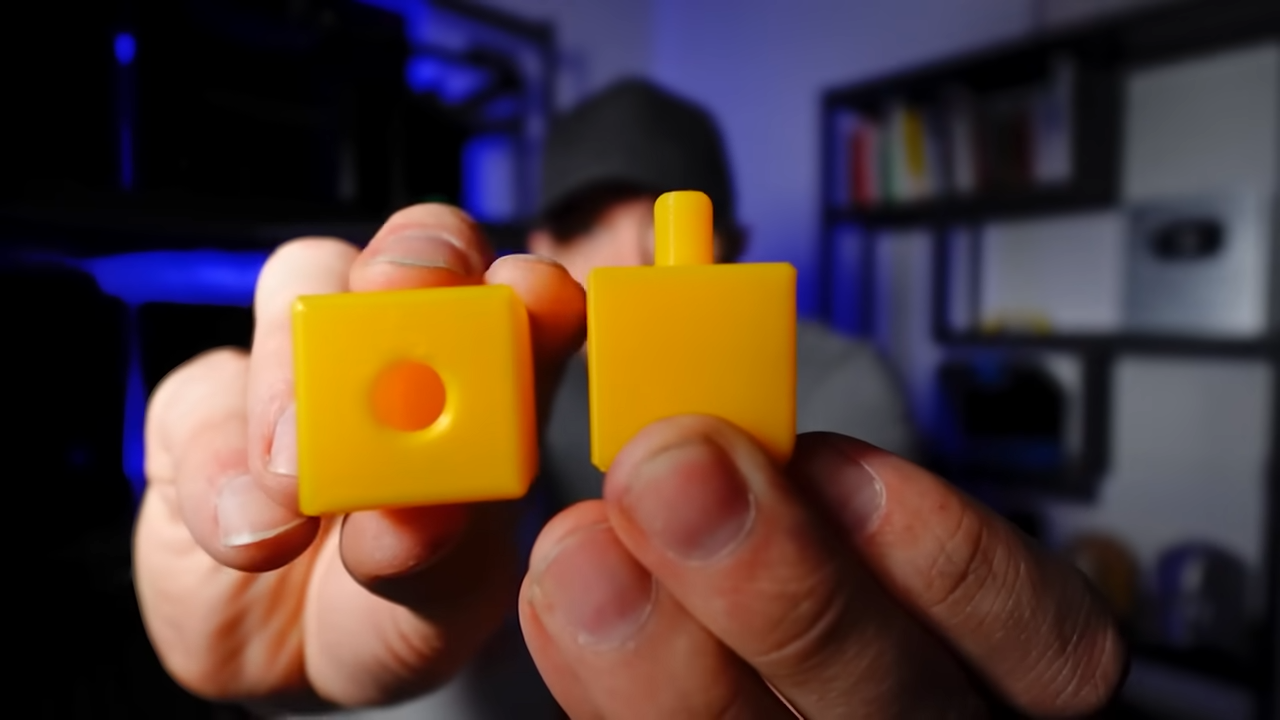
[Slant 3D] has a useful video explaining some thoughtful CAD techniques for designing 3D printed pins that don’t break and the concepts can be extended to similar features.
Sure, one can make pins stronger simply by upping infill density or increasing the number of perimeters, but those depend on having access to the slicer settings. If someone else is printing a part, that part’s designer has no actual control over these things. So how can one ensure sturdier pins without relying on specific print settings? [Slant 3D] covers two approaches.
The first approach includes making a pin thick, making it short (less...